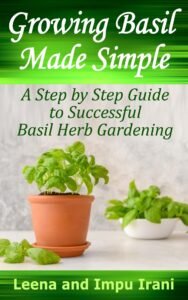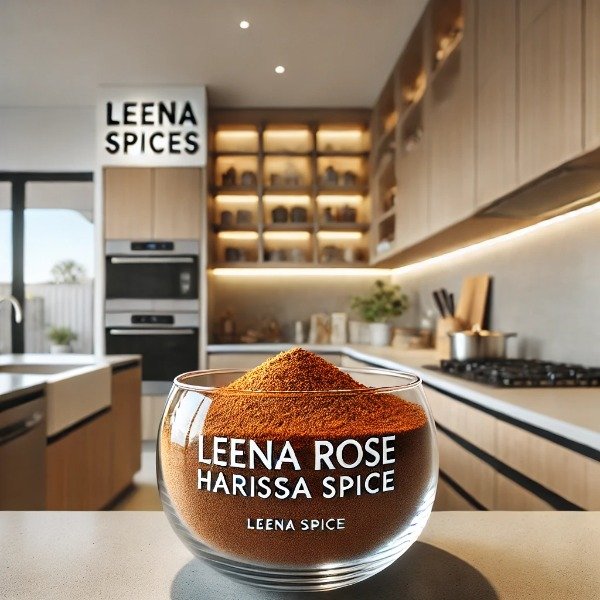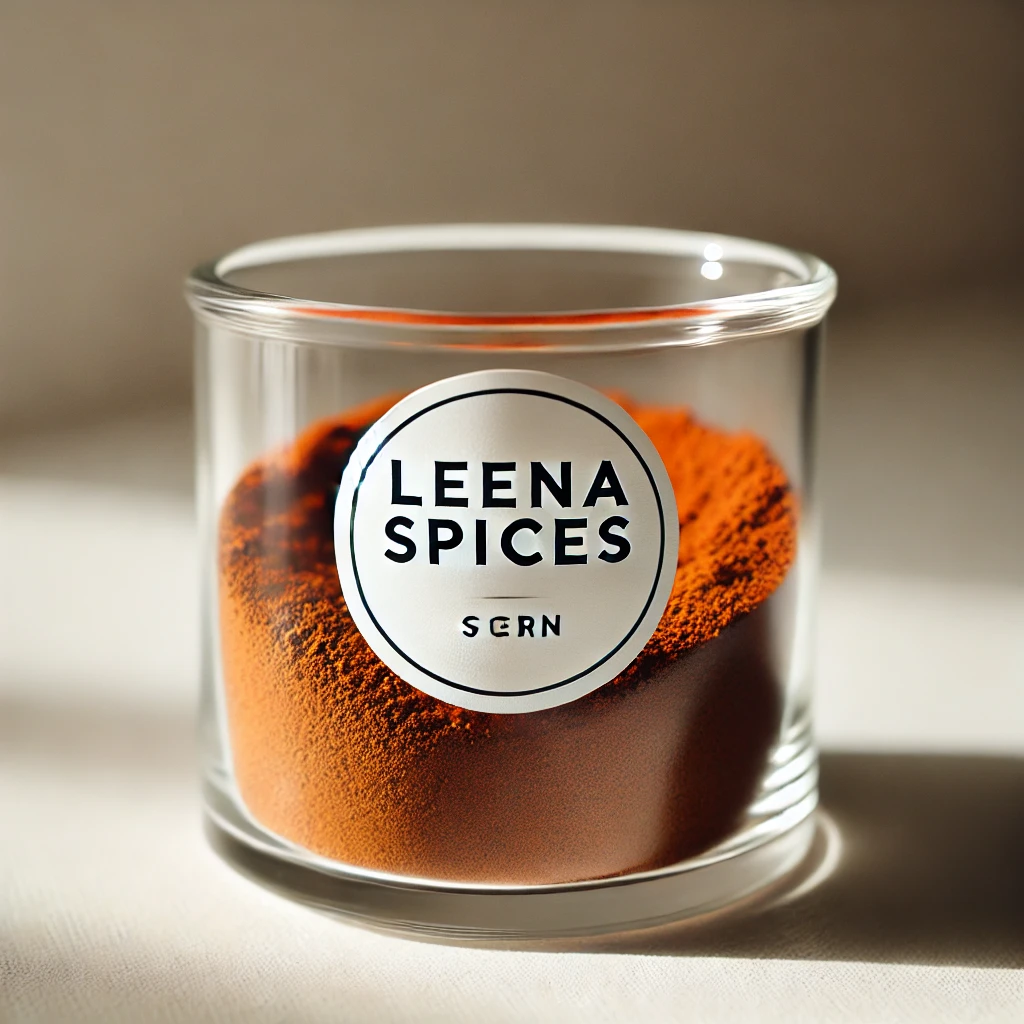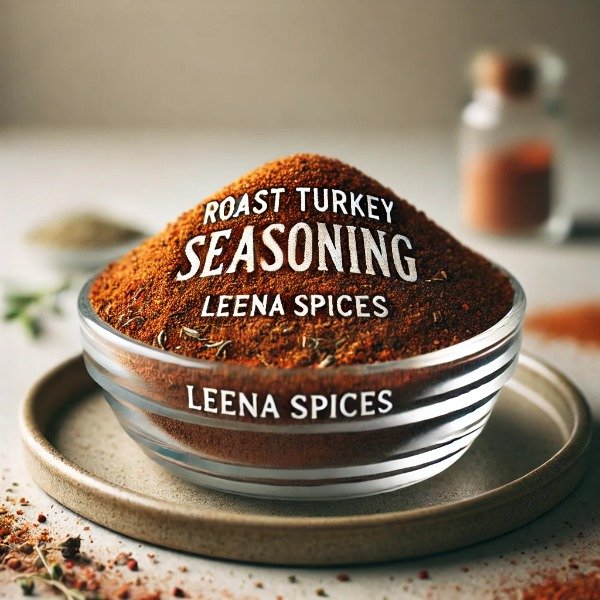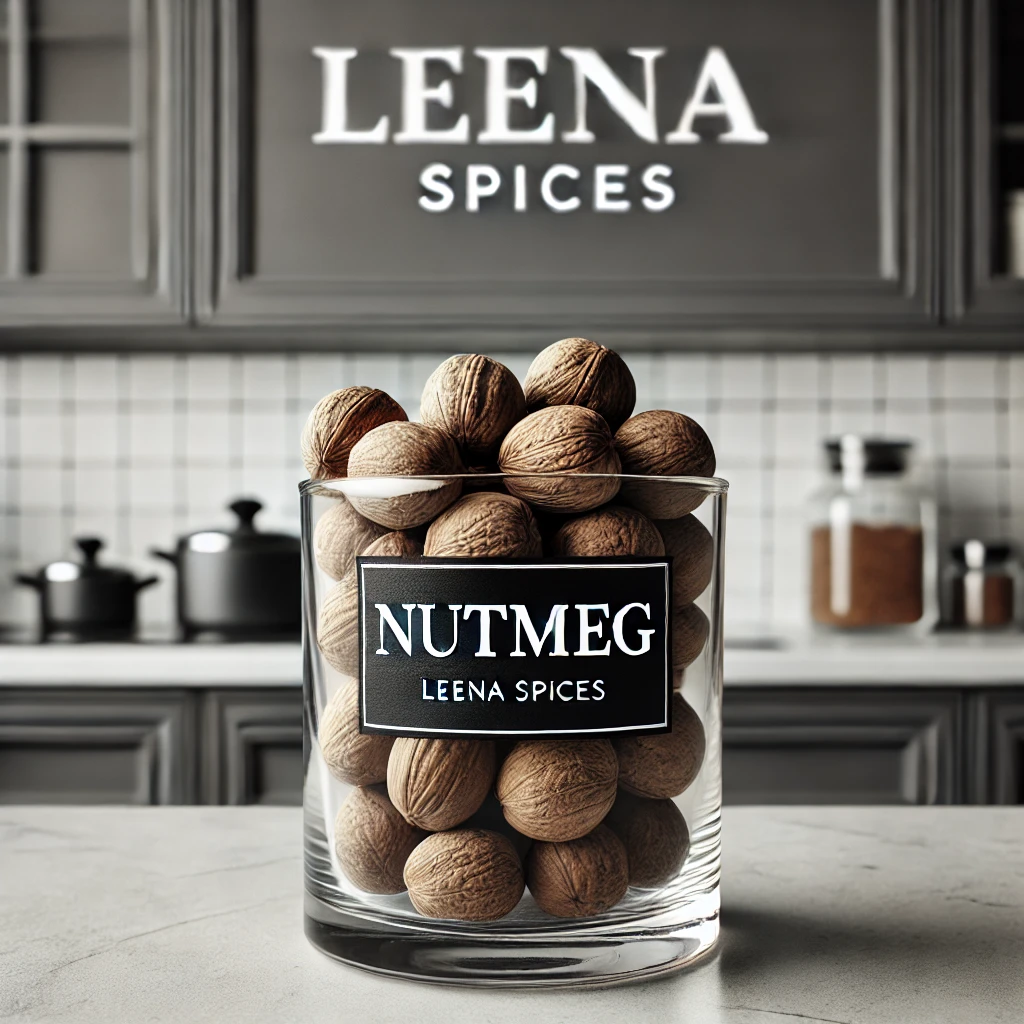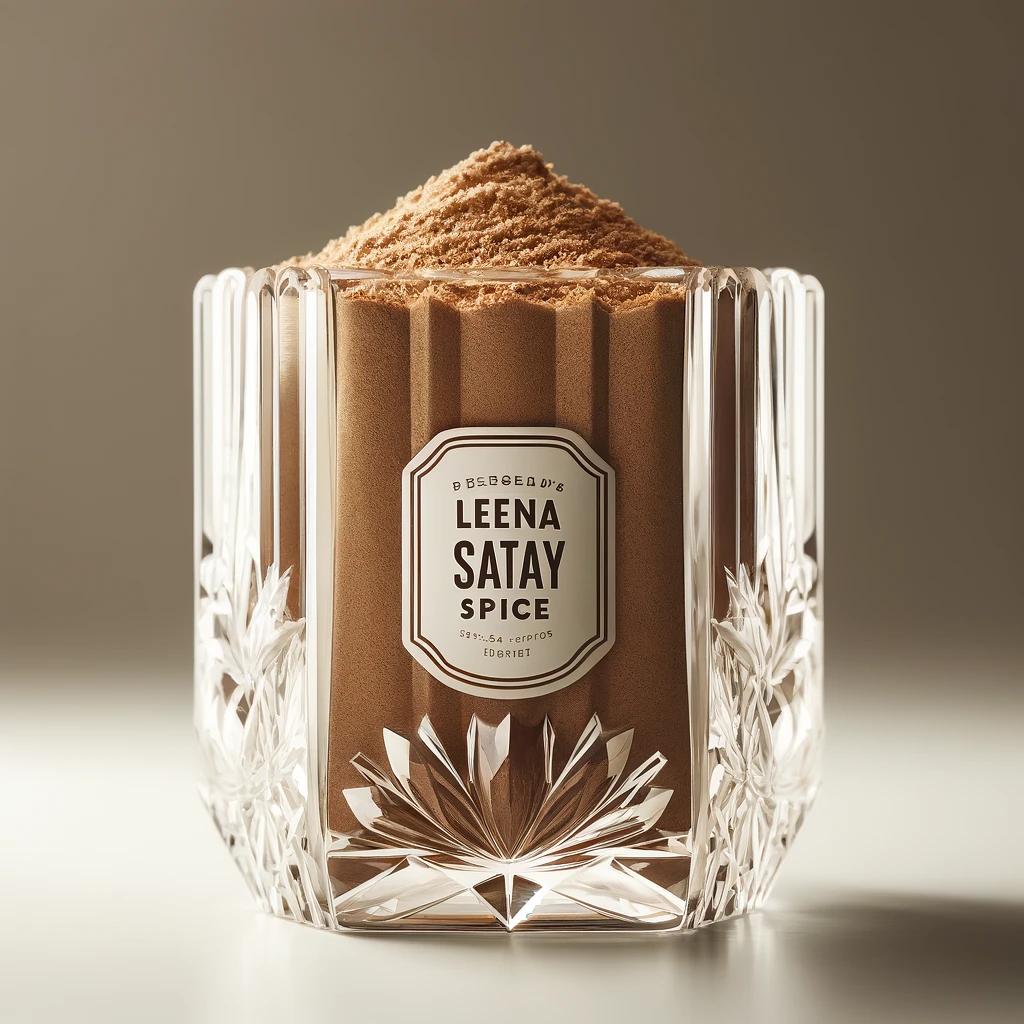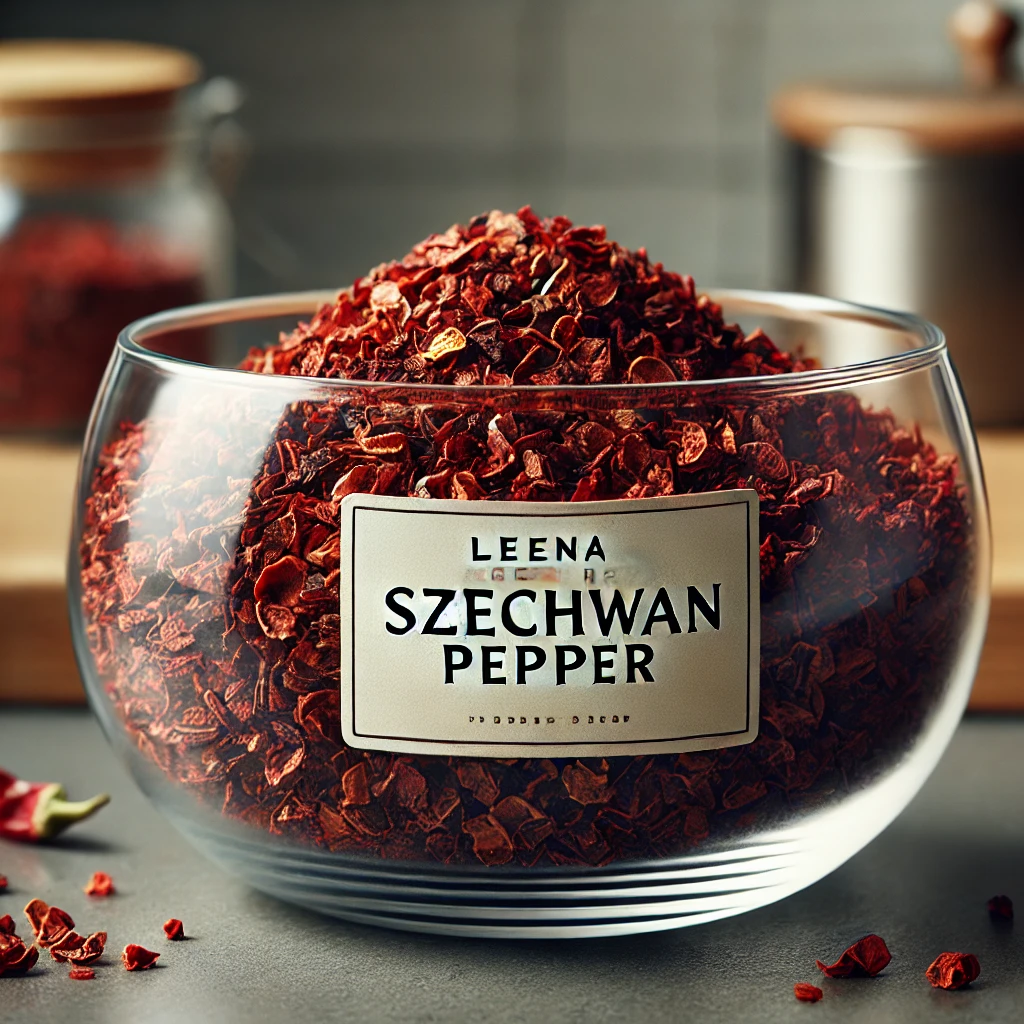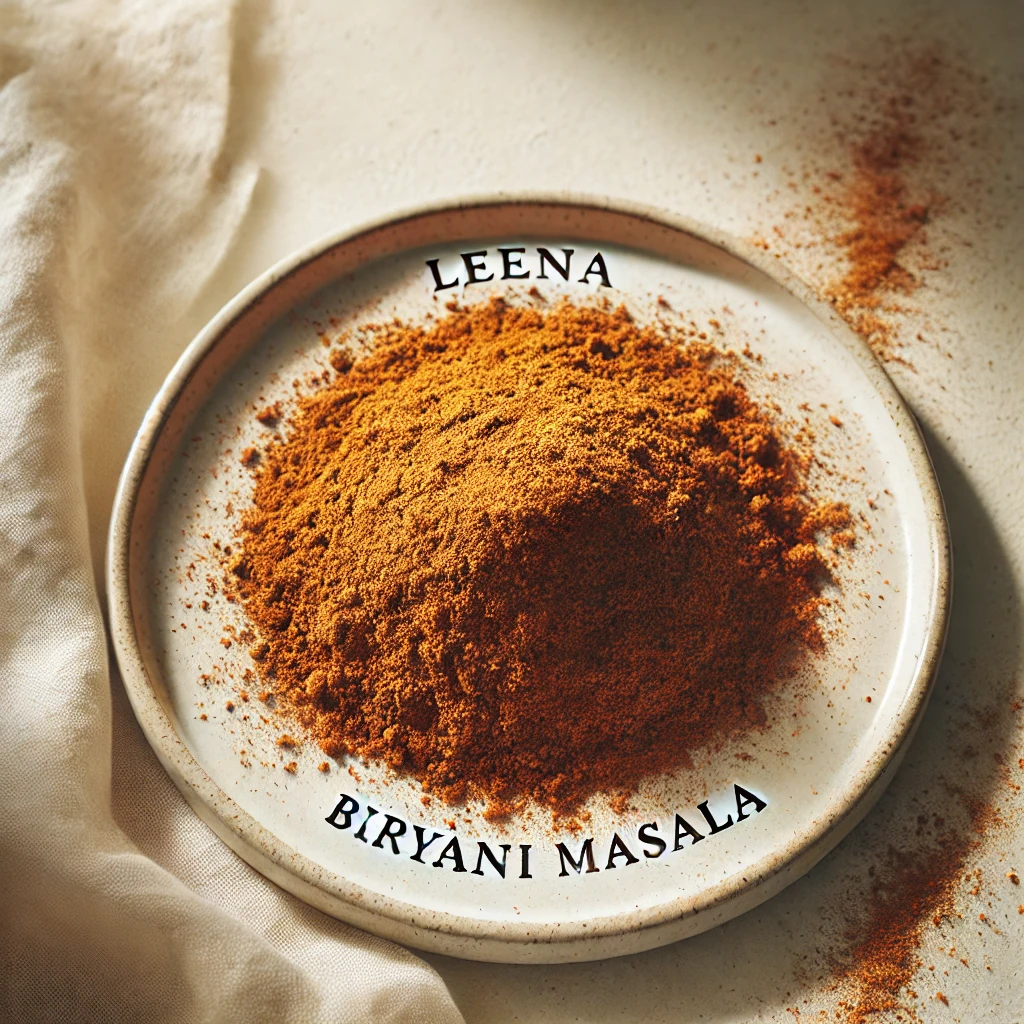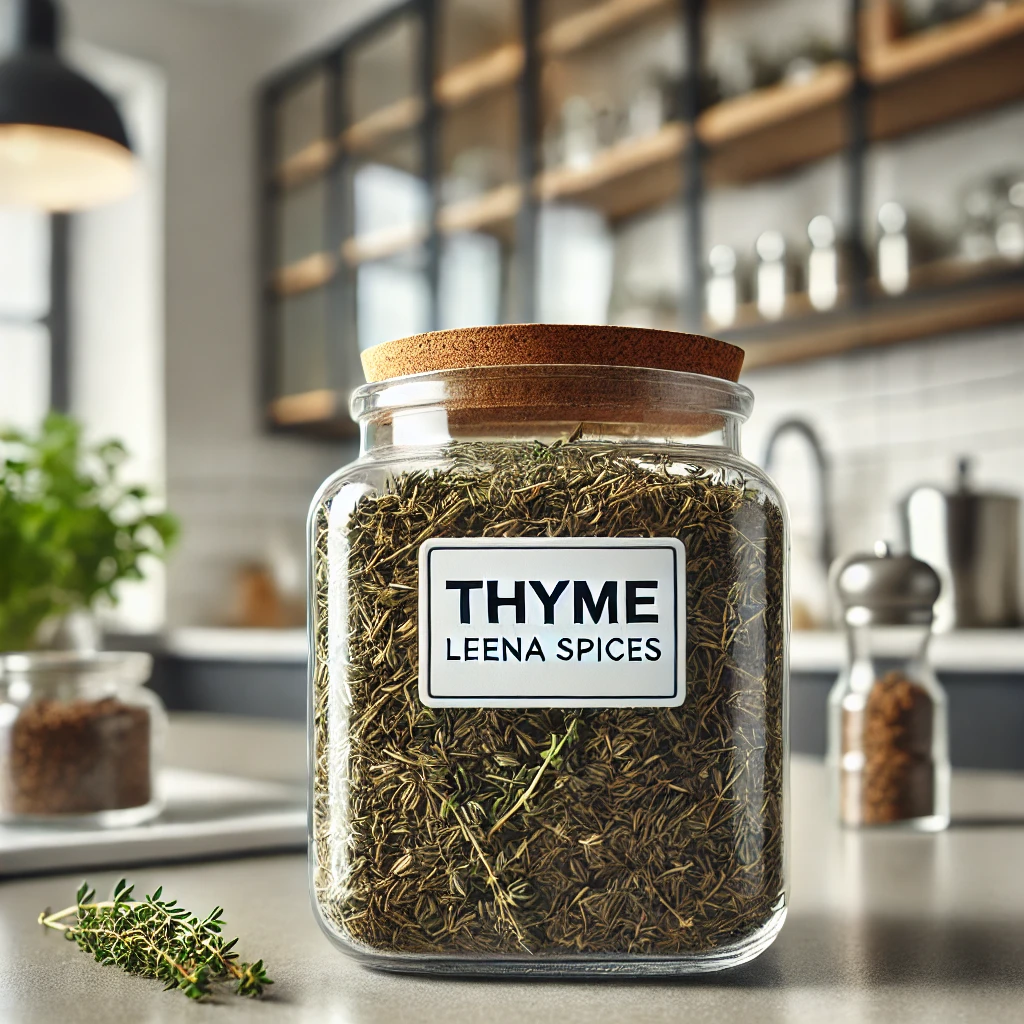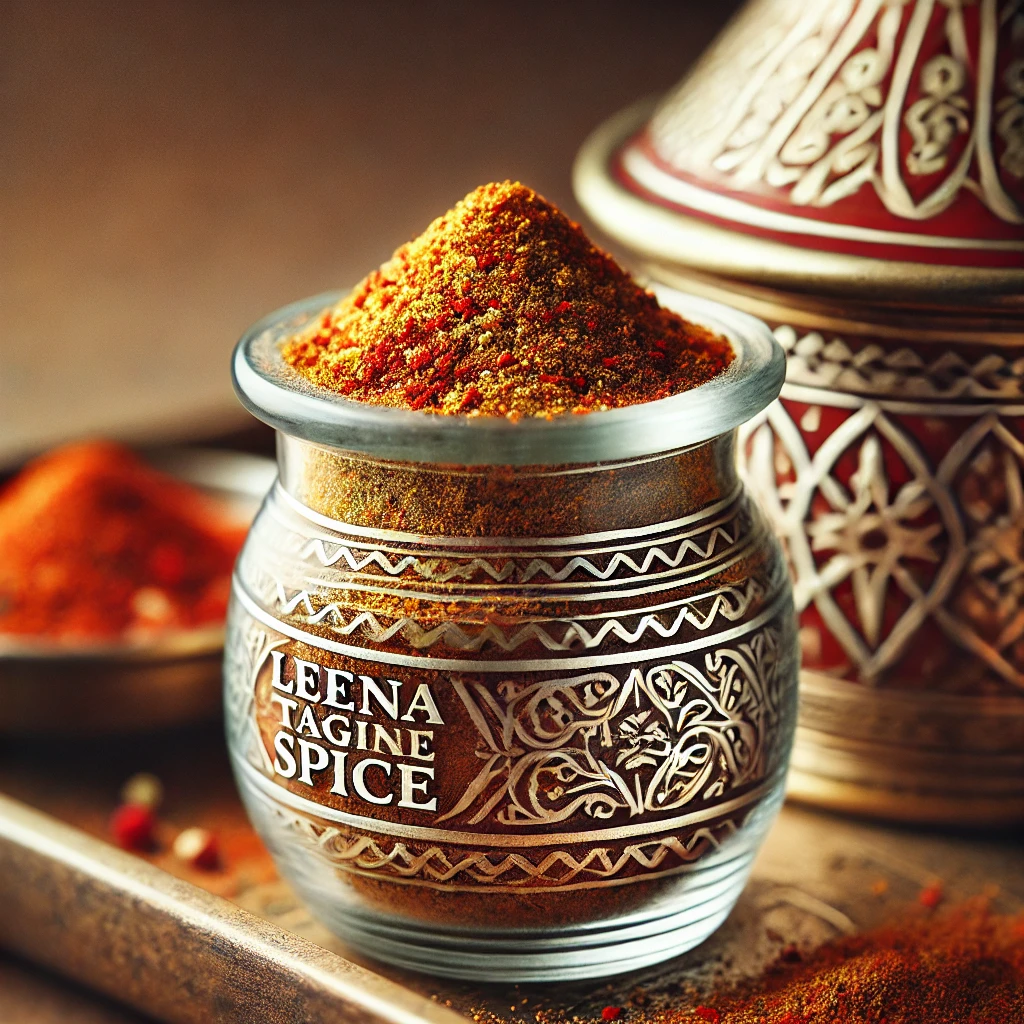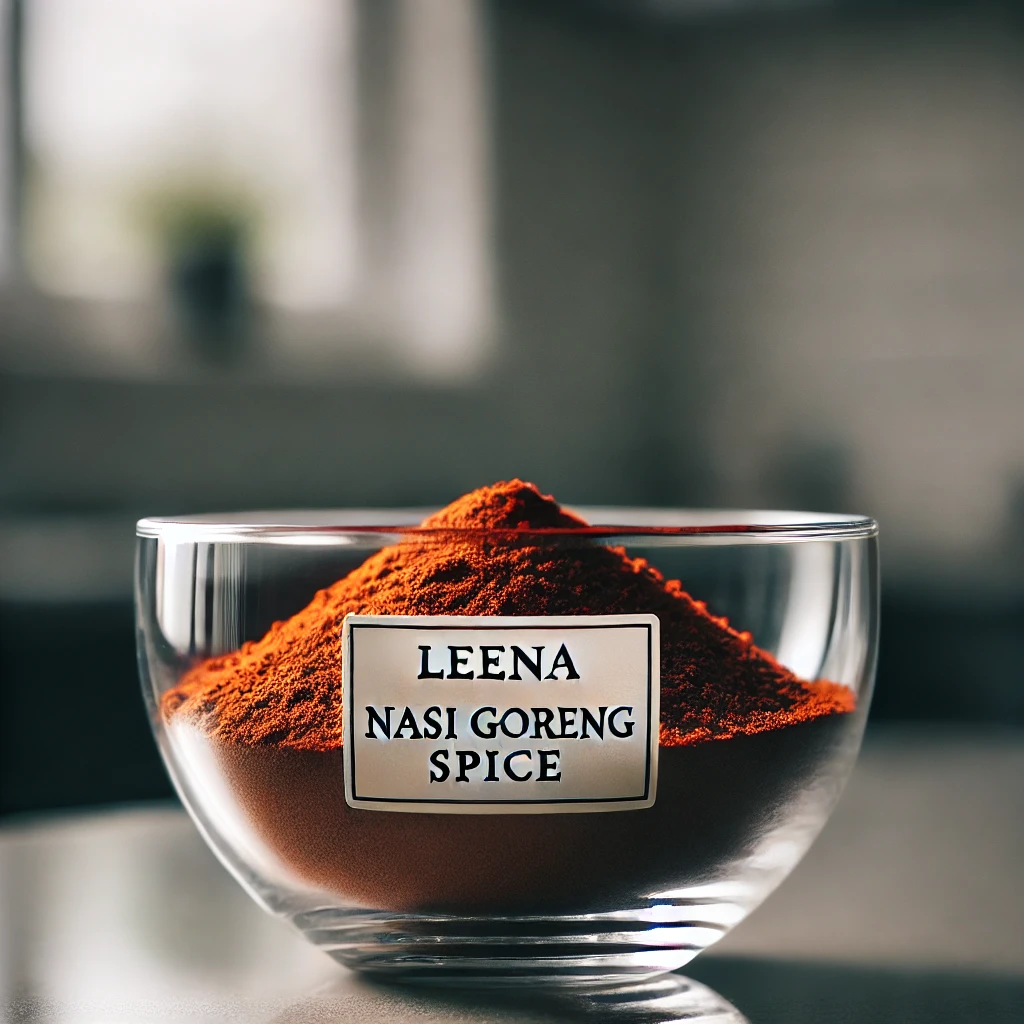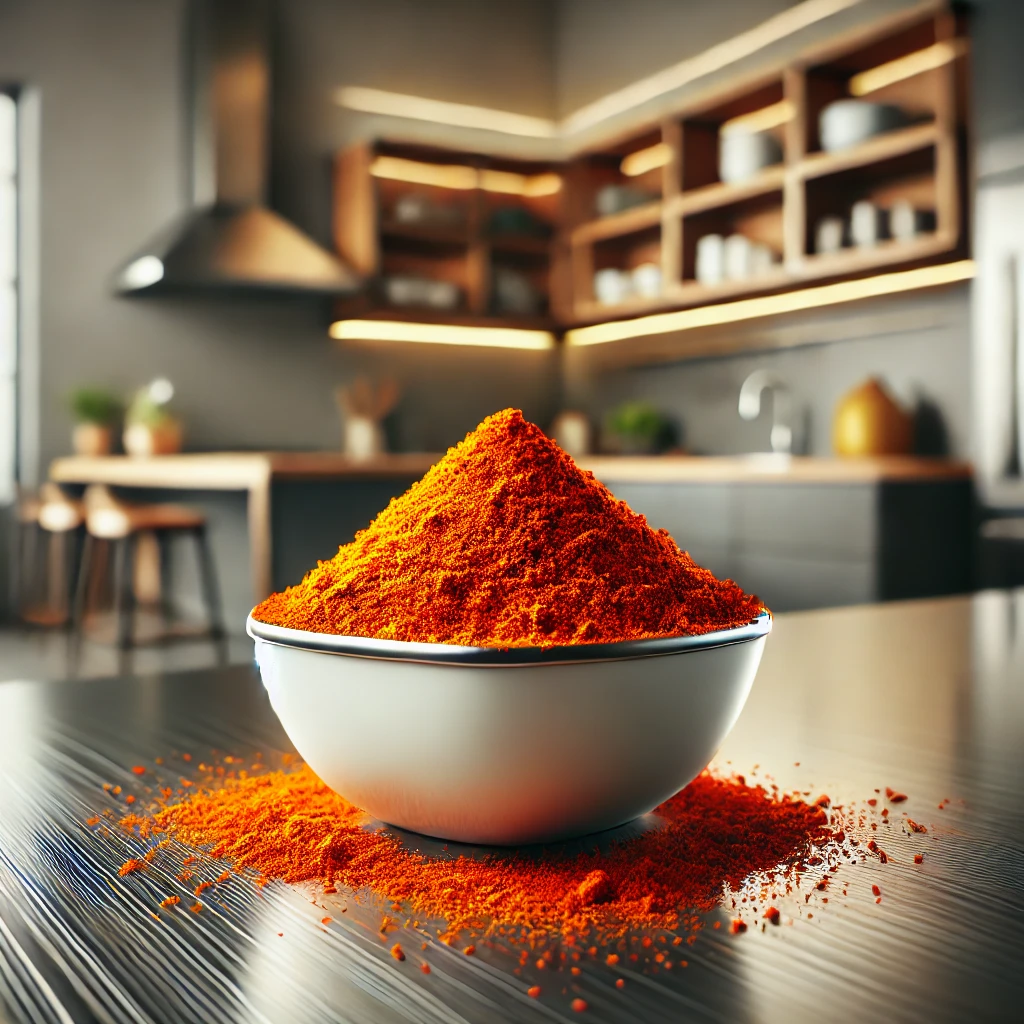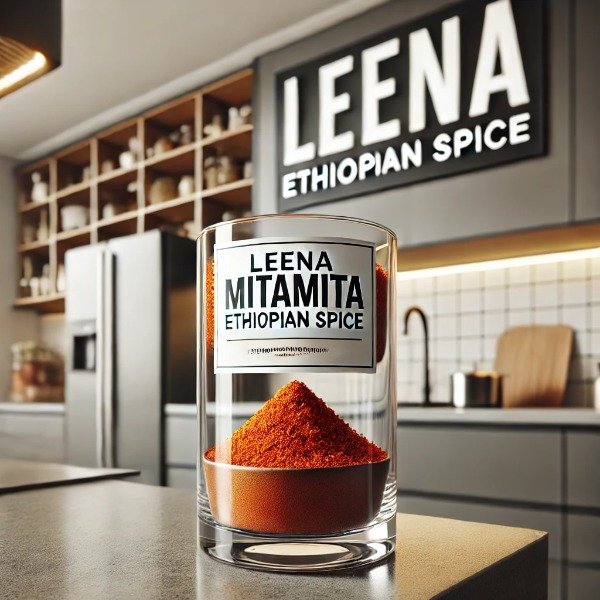14 Proven Turmeric Benefits That Can Improve Your Mood and Energy
Table of Contents
- Introduction
- Key Takeaways
- What exactly is Turmeric
- What exactly is white turmeric
- What is Curcumin
- How much curcumin is in Turmeric
- Are Curcumin and Turmeric the same thing
- What are the health properties of Curcumin
- What does Turmeric taste like
- What is Turmeric used for
- How is Turmeric used in cooking
- What are the health benefits of Turmeric
- How does Turmeric work in the body
- How do you take Turmeric
- How much Turmeric should you take daily
- Is Turmeric safe to take everyday
- Does Turmeric have any side effects or risks
- Who should be cautious or avoid turmeric supplements
- FAQs
- Conclusion
Introduction
Turmeric, often called the “golden spice,” has been treasured for centuries not only for its vibrant color and warm, earthy flavor but also for its remarkable health benefits. From curries and rice dishes to soothing teas and golden milk, this versatile spice has found its way into kitchens and wellness routines around the world. At the heart of turmeric’s power is curcumin, a natural compound known for its anti-inflammatory, antioxidant, and digestive properties. In this guide, we’ll explore everything you need to know about turmeric—its uses, taste, health benefits, daily intake, and how to safely incorporate it into your life.
Key Takeaways: What You Need to Know About Turmeric
Q: What is turmeric?
A: Turmeric is a bright yellow-orange spice made from the root of the Curcuma longa plant, a member of the ginger family, known for its earthy flavor and medicinal properties.
Q: What is curcumin?
A: Curcumin is the main active compound in turmeric, responsible for its vibrant color and many health benefits, including anti-inflammatory and antioxidant effects.
Q: Are turmeric and curcumin the same?
A: No. Turmeric is the whole root or powder, while curcumin is one concentrated compound within turmeric that provides most of its therapeutic effects.
Q: How does turmeric taste?
A: Turmeric has a warm, earthy, slightly bitter flavor with a mild peppery note and subtle hints of mustard or ginger.
Q: How is turmeric used?
A: Turmeric is versatile—used in curries, soups, rice, golden milk, smoothies, marinades, spice blends, and even skincare remedies.
Q: What are the health benefits of turmeric?
A: Turmeric supports joint health, reduces inflammation, protects cells with antioxidant effects, aids digestion, boosts brain and heart health, and may offer cancer-fighting properties.
Q: How much turmeric should you take daily?
A: Culinary use: ½–1 teaspoon daily. Supplements: 500–2,000 mg of curcumin per day, ideally with black pepper or fat to enhance absorption.
Q: Is turmeric safe?
A: Generally safe in food amounts. High-dose supplements may cause digestive issues, interact with medications, or affect blood clotting. Consult a doctor if you have health conditions.
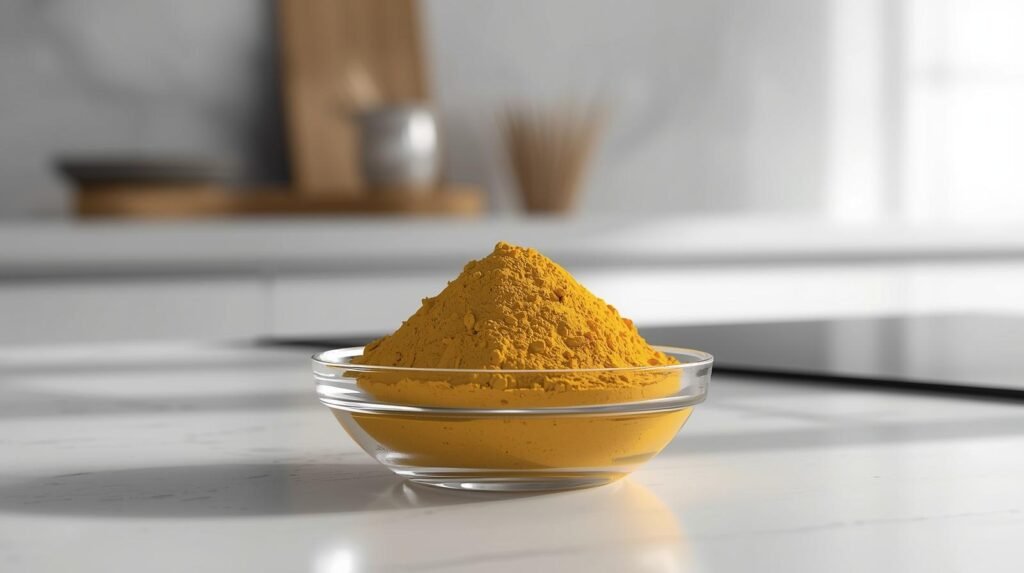
What Exactly Is Turmeric?
Turmeric is a vibrant yellow-orange spice made from the root of the Curcuma longa plant, a close relative of ginger. Native to South Asia, this root has been dried, ground, and used for thousands of years in cooking, medicine, and even as a natural dye.
In the kitchen, turmeric adds warm, earthy notes and its signature golden color to curries, rice, soups, and sauces. Beyond cooking, it has long been valued in traditional medicine systems like Ayurveda and Chinese medicine for its healing properties.
The key compound in turmeric is curcumin, a powerful antioxidant that not only gives turmeric its distinctive color but is also linked to many of its health benefits.
What Exactly Is White Turmeric?
White turmeric, scientifically known as Curcuma zedoaria (often called zedoary), is a lesser-known relative of the more common yellow turmeric (Curcuma longa). Like ginger and yellow turmeric, it is a rhizome (a knobby underground stem) but its flesh is pale ivory to light yellow rather than deep orange. The skin is light brown, resembling ginger in appearance.
What Is Curcumin, and How Is It Related to Turmeric?
Curcumin is the primary bioactive compound found in turmeric, the golden spice from the root of the Curcuma longa plant. It is a type of polyphenol, best known for giving turmeric its bright yellow color and for being the source of many of its health benefits.
How Much Curcumin Is in Turmeric?
Although turmeric is famous for its healing reputation, curcumin makes up only about 2–5% of the turmeric root by weight. This means that while cooking with turmeric offers benefits, the curcumin levels are relatively low compared to what is found in concentrated extracts or supplements.
Are Curcumin and Turmeric the Same Thing?
No. Curcumin and turmeric are not the same.
- Turmeric is the whole root (or its powdered form) from the Curcuma longa It’s a spice, widely used in cooking, traditional remedies, and even as a natural dye.
- Curcumin is one of the key active compounds inside turmeric, making up only about 2–5% of the root by weight. It’s the substance responsible for turmeric’s bright yellow color and most of its researched health benefits, such as antioxidant and anti-inflammatory effects.
A helpful way to think of it is like this: turmeric is the “whole fruit,” while curcumin is just one “nutrient” within it. Similar to how an orange contains vitamin C but a vitamin C supplement delivers a concentrated dose, turmeric provides small amounts of curcumin, whereas curcumin supplements isolate and concentrate it for stronger therapeutic effects.
What Are Health Properties of Curcumin
Curcumin has been widely studied for its medicinal qualities, including:
- Anti-inflammatory effects – helps reduce swelling and joint discomfort.
- Antioxidant power – protects the body from free radical damage.
- Antimicrobial activity – may help defend against certain bacteria and fungi.
- Potential therapeutic uses – researched for roles in supporting heart health, brain function, and overall wellness.
What Does Turmeric Taste Like?
Turmeric has a warm, earthy flavor with a balance of subtle bitterness and mild peppery heat. Many describe it as slightly musky, with faint hints of mustard and ginger-like pungency.
Its taste is not overpowering but distinctive, adding depth and complexity to dishes rather than dominating them. When used in cooking, turmeric blends smoothly with spices like cumin, coriander, and black pepper, enhancing curries, soups, rice, and savory dishes while lending its signature golden color.
What Is Turmeric Used For?
Turmeric is one of the most versatile ingredients in the world, valued for its flavor, color, and healing potential. Its uses fall into three main categories:
1. In Cooking
Turmeric is a kitchen staple, especially in South Asian and Middle Eastern cuisines. It gives curries, soups, rice dishes, and stews their signature golden color and adds a warm, earthy, and slightly peppery flavor. Beyond savory dishes, turmeric finds its way into scrambled eggs, salad dressings, smoothies, and even baked goods. It’s also used as a natural food coloring.
2. In Medicine
For centuries, turmeric has been a cornerstone of Ayurvedic and Chinese medicine. Its active compound, curcumin, is valued for anti-inflammatory, antioxidant, and antimicrobial properties. Traditionally, it has been used to ease arthritis pain, improve digestion, soothe skin inflammation, and support overall wellness. Today, turmeric is also taken in supplement form or brewed into teas and wellness drinks like golden milk.
3. In Skincare and Cosmetics
Thanks to its soothing and protective qualities, turmeric is a popular ingredient in natural beauty treatments. It’s used in face masks, creams, and herbal remedies to help calm acne, brighten the skin, and reduce hyperpigmentation.
How Is Turmeric Used in Cooking?
Turmeric is a staple in many kitchens around the world, especially in South Asian, Middle Eastern, and Southeast Asian cuisines. It is prized not only for its earthy, slightly bitter flavor but also for the warm golden color it gives to food. Both fresh turmeric root and powdered turmeric are used in cooking, though the powder is more common.
Common Culinary Uses of Turmeric
- Curries and stews – A foundational spice in Indian and Thai curries, lentil dishes (like dal), and hearty stews, where it adds both depth of flavor and a vibrant yellow hue.
- Rice and grains – A pinch of turmeric turns plain rice into golden rice and enhances pilafs, quinoa, or couscous.
- Spice blends and rubs – Mixed with cumin, coriander, chili, or other spices to create masalas, curry powders, or dry rubs for meat, fish, or vegetables.
- Marinades – Combined with yogurt, garlic, and ginger to coat chicken, fish, tofu, or vegetables before grilling or roasting.
- Beverages – Stirred into teas, smoothies, or the popular “golden milk,” often paired with black pepper to boost its benefits.
- Fresh turmeric – Grated or minced and added to stir-fries, soups, health shots, or juices for a punch of color and sharp, earthy flavor.
- Natural coloring – Used in sauces, mustards, baked goods, or salad dressings for a natural golden tint.
Tips for Cooking with Turmeric
- Use small amounts — typically ¼ to 1 teaspoon per dish — as the flavor can easily become overpowering.
- Add turmeric early in cooking to allow its flavor and color to infuse into the dish.
- Pair with black pepper — it contains piperine, which significantly improves the absorption of curcumin, turmeric’s active compound.
What Are the Health Benefits of Turmeric?
1. Anti-Inflammatory Support
Chronic inflammation is linked to conditions such as arthritis, heart disease, and metabolic syndrome. Curcumin in turmeric acts as a natural anti-inflammatory, helping reduce swelling and discomfort.
2. Antioxidant Protection
Curcumin is also a powerful antioxidant. It neutralizes harmful free radicals and boosts the body’s own antioxidant defenses, protecting cells from oxidative damage and supporting long-term health.
3. Joint and Bone Health
Because of its anti-inflammatory action, turmeric may help reduce pain, stiffness, and swelling in conditions like osteoarthritis and rheumatoid arthritis.
4. Digestive Health
Turmeric stimulates bile production, which aids in digestion and helps relieve bloating or indigestion. Research also suggests it may soothe inflammation in digestive conditions such as ulcerative colitis or irritable bowel syndrome (IBS).
5. Heart Health
Curcumin supports cardiovascular health by improving blood vessel function (endothelium health), lowering cholesterol and triglycerides, and reducing oxidative stress — all factors linked to heart disease.
6. Brain and Mood Support
Curcumin may increase levels of Brain-Derived Neurotrophic Factor (BDNF), a hormone that helps new brain cells grow and supports memory and learning. Early research suggests it may help delay age-related cognitive decline and even improve mood, with potential benefits for mild depression.
7. Skin and Wound Healing
Applied topically or taken internally, turmeric is used for its antimicrobial and soothing properties. It may help reduce acne, brighten the skin, and support wound healing.
8. Immune System Support
Turmeric’s antimicrobial and anti-inflammatory qualities may help strengthen the immune system, offering added protection against everyday infections.
9. Potential Cancer-Fighting Properties
Preliminary studies suggest curcumin may slow the growth of certain cancer cells or reduce tumor spread, but more clinical research is needed before it can be considered a treatment.
A Note on Effectiveness
- Turmeric root contains only 2–5% curcumin by weight, so the benefits seen in research often come from concentrated curcumin supplements, not just the spice in food.
- Curcumin has poor natural absorption, but combining turmeric with black pepper (piperine) or healthy fats significantly improves its bioavailability.
- As with any supplement, high doses or long-term use can have side effects, so it’s best to consult a healthcare provider if using turmeric for medical purposes.
How Does Turmeric Work in the Body?
Turmeric works in the body mainly through curcumin, its most active compound. Curcumin influences several biological processes that support health:
- Reduces inflammation: Curcumin blocks key inflammatory molecules such as NF-κB and cytokines, helping manage chronic inflammation linked to arthritis, heart disease, and other conditions.
- Acts as an antioxidant: It directly neutralizes free radicals while also boosting the body’s own antioxidant enzymes, giving double protection against oxidative stress and cell damage.
- Supports digestion: Curcumin stimulates bile production in the liver, aiding fat digestion and easing issues like bloating or indigestion.
- Promotes heart health: It improves the function of the endothelium (the inner lining of blood vessels), reduces cholesterol oxidation, and may help prevent blood clots.
- Boosts brain health: Curcumin can cross the blood-brain barrier, where it lowers inflammation and oxidative stress, increases brain-derived neurotrophic factor (BDNF), and may support memory and mood.
- Strengthens immunity: Thanks to antimicrobial and antiviral properties, turmeric helps the body defend against infections.
How Do You Take Turmeric?
Turmeric can be enjoyed in many forms, depending on whether your goal is culinary, wellness, or targeted health benefits.
1. In Cooking
- Add ¼–1 teaspoon of turmeric powder to curries, soups, rice, stews, roasted vegetables, or scrambled eggs.
- Use grated fresh turmeric root (1–2 tsp) in place of powder for a more vibrant flavor.
- Combine with black pepper or a small amount of healthy fat (olive oil, coconut oil) to improve absorption.
2. Beverages
- Turmeric Tea: Steep ½ tsp powder or 1–2 tsp fresh turmeric in hot water for 5–10 minutes. Add ginger, lemon, or honey for flavor.
- Golden Milk: Mix ¼–½ tsp turmeric powder with warm milk (dairy or plant-based), a pinch of black pepper, and optional cinnamon or honey.
- Smoothies & Wellness Shots: Blend turmeric powder or fresh root into smoothies or juices for an antioxidant boost.
3. Supplements
- Capsules or Tablets: Typically 500–2,000 mg of curcumin daily, often standardized to 95% curcumin.
- Enhanced Absorption: Look for supplements containing piperine (black pepper extract) or take with healthy fats, since curcumin is fat-soluble.
- Follow package directions and consult a healthcare provider if taking medications or managing medical conditions.
4. Topical Use
- Make a paste with turmeric powder and water, yogurt, or honey for skin applications like acne or inflammation.
- Caution: Perform a patch test first, as turmeric can stain or irritate sensitive skin.
5. Tips for Daily Use
- Start with small amounts to assess tolerance.
- Avoid very high doses (>4 grams/day) to prevent digestive upset.
- Culinary turmeric is safe for most people daily, while supplements should be monitored, especially for long-term use.
How Much Turmeric Should You Take Daily?
The ideal daily turmeric intake depends on whether you’re using it as a culinary spice or a concentrated supplement.
1. For Cooking and General Health
- Amount: About ½ to 1 teaspoon (2–5 grams) of turmeric powder daily.
- Tips: Pair with black pepper or a small amount of healthy fat (like olive oil or coconut oil) to enhance curcumin absorption.
- Purpose: Provides a safe, beneficial dose for general wellness, flavor, and color in food.
2. For Targeted Health Benefits (Supplements)
- Amount: Most clinical studies use 500–2,000 mg of curcumin per day, often divided into 2–3 doses.
- Equivalent: This typically equals 1–2 grams of turmeric extract standardized to 95% curcumin.
- Tips: Take supplements with food, black pepper, or fat to improve absorption, as curcumin is poorly absorbed on its own.
- Note: Therapeutic doses are much higher than what you get from a teaspoon of turmeric powder (which contains about 200 mg of curcumin).
3. Safety Guidelines
- Start with a small dose to assess tolerance (e.g., ¼ teaspoon powder or 500 mg curcumin).
- High doses (>4 grams/day of powder) may cause stomach upset, nausea, or diarrhea.
- People on blood thinners, diabetes medications, or with medical conditions should consult a healthcare provider before taking supplements.
- Turmeric is generally safe in food amounts daily, while supplements should be monitored, especially for long-term use.
✅ Key Takeaway: Culinary turmeric supports overall wellness safely, while curcumin supplements are used for specific health goals. Always consider absorption, dosage, and personal health conditions.
Is Turmeric Safe to Take Every Day?
For most people, turmeric is safe for daily use in moderate amounts, especially when used as a spice in cooking.
1. Culinary Use
- Amount: About ½ to 1 teaspoon (2–5 grams) of turmeric powder daily is considered safe.
- This provides flavor, color, and some health-supporting compounds without risk of side effects.
2. Supplement Use
- Amount: Typical curcumin supplements range from 500–2,000 mg daily, often divided into 2–3 doses.
- Always take supplements with food or black pepper (piperine) to improve absorption.
3. Precautions
- Digestive issues: High doses of turmeric or curcumin (>4 grams/day) may cause nausea, stomach upset, or diarrhea.
- Blood thinning: Turmeric can slightly thin the blood. People on blood thinners or with bleeding disorders should consult a doctor.
- Kidney stones: Turmeric contains oxalates, which can increase the risk in susceptible individuals.
- Drug interactions: High-dose supplements may interact with diabetes medications, antacids, or chemotherapy drugs.
- Health conditions: If you have gallbladder issues, liver conditions, or are pregnant/breastfeeding, speak with a healthcare provider before taking high-dose turmeric.
4. Quality Matters
Choose high-quality, contaminant-free turmeric or standardized supplements to ensure safety and effectiveness.
✅ Key Takeaway: Using turmeric in cooking daily is generally safe and beneficial. For concentrated supplements, moderate short-term use is safe, but long-term or very high doses should be monitored by a healthcare professional.
Does Turmeric Have Any Side Effects or Risks?
Turmeric is generally safe in moderate amounts, such as when used in cooking. However, higher doses or concentrated curcumin supplements can have side effects and risks, particularly for certain individuals.
Common Side Effects (usually from high doses or supplements)
- Digestive issues: Nausea, diarrhea, bloating, or stomach upset.
- Allergic reactions: Rare, but may include skin rashes, itching, or hives, especially with topical use.
Potential Risks and Precautions
- Blood thinning: Turmeric may increase bleeding risk, especially when taken with blood thinners like warfarin, aspirin, or ibuprofen.
- Gallbladder issues: Can stimulate bile production; people with gallstones or bile duct obstruction should avoid supplements.
- Iron absorption: High doses may reduce iron absorption, potentially causing issues for those with anemia.
- Kidney stones: Large amounts may increase oxalate levels, raising the risk in susceptible individuals.
- Drug interactions: May interact with medications for diabetes, chemotherapy, antacids, or others, affecting effectiveness or blood sugar levels.
- Liver and kidney concerns: Rarely, very high doses or enhanced-absorption supplements have been linked to liver injury.
- Pregnancy and breastfeeding: Culinary amounts are generally safe, but high-dose supplements should be avoided unless approved by a doctor.
- Surgery: Stop high-dose supplements at least two weeks before surgery due to blood-thinning effects.
Who Should Be Cautious or Avoid Turmeric Supplements?
- People on blood-thinning medications or with bleeding disorders: Turmeric may increase the risk of bleeding because of its natural blood-thinning effects.
- Individuals with gallstones or bile duct issues: Turmeric can stimulate bile production, which may worsen these conditions.
- Those with iron deficiency or anemia: High doses of turmeric may interfere with iron absorption.
- Pregnant or breastfeeding women (supplements): While turmeric in food is generally safe, concentrated supplements may not be recommended due to limited safety data.
- Anyone planning surgery soon: Turmeric’s blood-thinning properties could increase the risk of excessive bleeding during or after surgery.
FAQs
What is the difference between turmeric and curcumin?
Turmeric is the whole root or spice used in cooking and traditional remedies, while curcumin is the main active compound in turmeric responsible for its yellow color and most health benefits. Turmeric contains about 2–5% curcumin by weight.
Can I take turmeric every day?
Yes, turmeric is generally safe for daily use in moderate amounts. Culinary doses of ½–1 teaspoon per day are safe for most people, while curcumin supplements (500–2,000 mg daily) should be taken with black pepper or fats to improve absorption.
How much turmeric should I use in cooking?
For everyday cooking, ¼–1 teaspoon (about 0.5–3 grams) of turmeric powder per dish is sufficient. Fresh turmeric root can also be grated or minced, typically 1–2 teaspoons per recipe.
What are the main health benefits of turmeric?
Turmeric supports joint health, reduces inflammation, acts as a powerful antioxidant, aids digestion, improves heart and brain health, and may even have antimicrobial and anticancer properties, largely due to curcumin.
How can I increase the absorption of turmeric in my body?
Pair turmeric with black pepper (which contains piperine) or consume it with healthy fats like olive oil, coconut oil, or dairy. This significantly improves curcumin absorption.
Are there any side effects or risks of taking turmeric?
In moderate amounts, turmeric is safe. High doses or supplements may cause digestive issues, thin the blood, interfere with iron absorption, or interact with certain medications. People with gallstones, blood disorders, or on medications should consult a doctor.
Can turmeric be used topically?
Yes, turmeric can be applied to the skin as a paste for acne, minor wounds, or inflammation. Always perform a patch test first to check for sensitivity.
Is white turmeric the same as yellow turmeric?
No. White turmeric (Curcuma zedoaria) has a pale, creamy root, a milder, slightly bitter taste, and different medicinal properties. It’s less common in cooking but valued in traditional medicine.
Conclusion
Turmeric is more than just a vibrant spice—it’s a natural powerhouse with a wide range of culinary and health benefits. Whether you’re adding a pinch to your curry, sipping it in golden milk, or exploring curcumin supplements, incorporating turmeric into your daily routine can support digestion, joint health, heart function, and overall well-being. Remember, moderation is key, and pairing turmeric with black pepper or healthy fats can enhance its absorption and effectiveness. By understanding how to use turmeric safely and effectively, you can enjoy both its flavor and its remarkable health-boosting properties every day.

